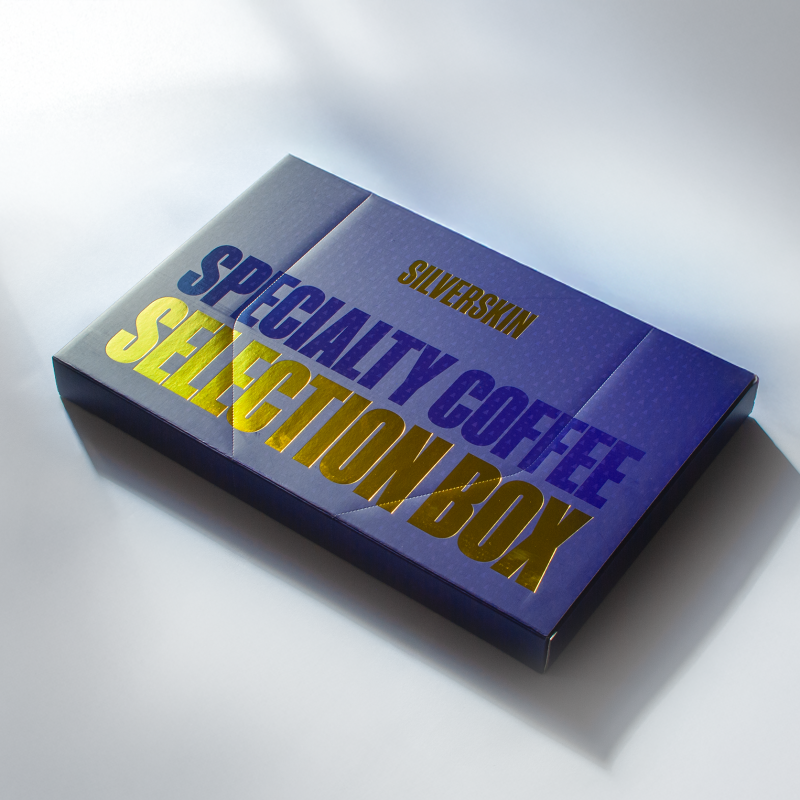Okay not a very catchy title, but it’s a serious question. Not something I can take credit for either but something I can vouch for.
Way back in 2002 engineers from Probat had discussed the idea of re-circulating the air back from the roaster and using to pre-heat the green beans in the charging hopper. Just another big business cleverly saving money I thought but it’ll ruin the coffee.
The Therma two had two separate burners (a tangental and axial) and worked on a re-cicrulation model with negative pressure inside the drum (coffee roasted by convection) and a cool floating bed cooler (can you even say that?) Seriously the beans would float and dance in the air while cooling.
This has actually been done by Probat and can be viewed here http://www.probat.com/en/ecotech/green-coffee-preheating/
Anyway the idea never left me, the heating of the hopper not the dancing beans. When greens are “dropped” into the roasting chamber they cool the drums temp and bottom out until there is a ‘turning point” meaning the burner has been lit and the roaster bottoms out and starts to heart again.
So what would the effect of the heating the coffee be? Quicker roasts less body more development WHAT??
Cut to 2014 and a discussion with Vince Fedele from VST about channeling of all things. https://store.vstapps.com Vince asked me do you measure temperature of greens for winter or summer.
On the defensive I assured Vince that my profile changed one year ot the next, one season to the next. “I know what I am doing” I told him.
I hadn’t listen (ask my wife) however Vince suggested.
“Please note: Many roasters routinely have problems with roast profiles especially at this time of the year – due to the change to colder weather. The warehouse storing your green coffees are substantially cooler, and normal roasting profiles usually result in more under-development than during warmer months. If you log daily storage and starting temperatures throughout the year, you should be adjusting profiles as the weather and storage temps demand unless you are warming the green to a constant temp before loading into the hopper for drop.”
“Unless you either warm the green to normal room temperatures prior to roasting, (i.e., the same green starting temps as when you developed your roast profiles) or you develop new Winter season roast profiles, (i.e., hotter drop temps to compensate for the colder green) then your results may well lead to under-developed coffees, and one symptom of that is a change to grind settings (usually more coarse) as well as coffee cake flow restriction, and side channeling. This may be more noticeable on an 18g vs 20g or 22g, and should be cause for setting a flag.”
Logging coffees moisture and density sure, colour checking and again measuring coffee moisture and density pre roast sure but temp of green beans?
So I went and bought a Fluke infrared thermometer and began monitoring green coffee temp. Of course the temperature skews one season to the next.
What we found was if the been were cold upon charge the turning point was obviously effected and the problems Vince had expected.
We devised a crude but effective way of “heating” green beans effectively.
First with a mini cycle on the roaster with a pre-heated drum and no burner on but eventually heating in a steel drum with blow heaters.
This has us helped develop and use the same profile with same turning point, roast time, temps etc and an overall uniformity regardless of the season.
In 2018 we are taking this one step further, our operation is expanding and a temp controlled and humidified storage area will hopefully keep green coffee stable all year round!
Thoughts/Comments?





